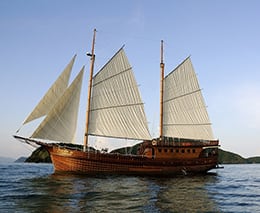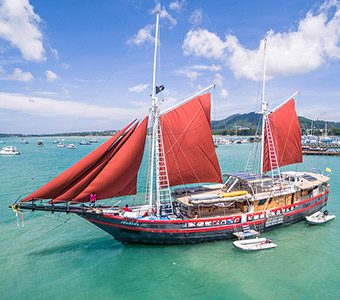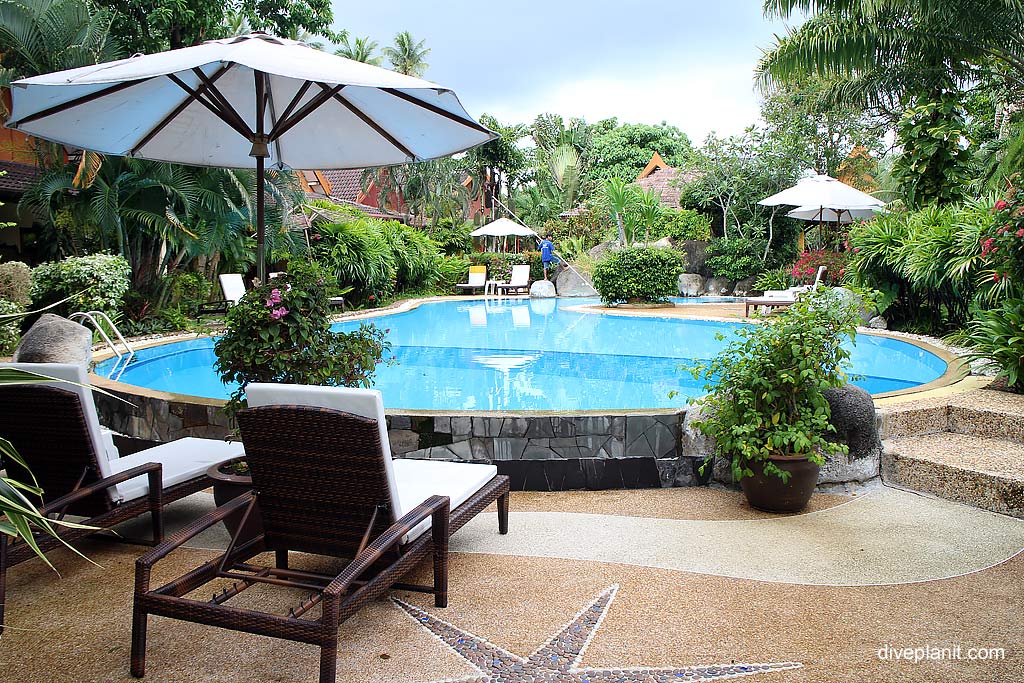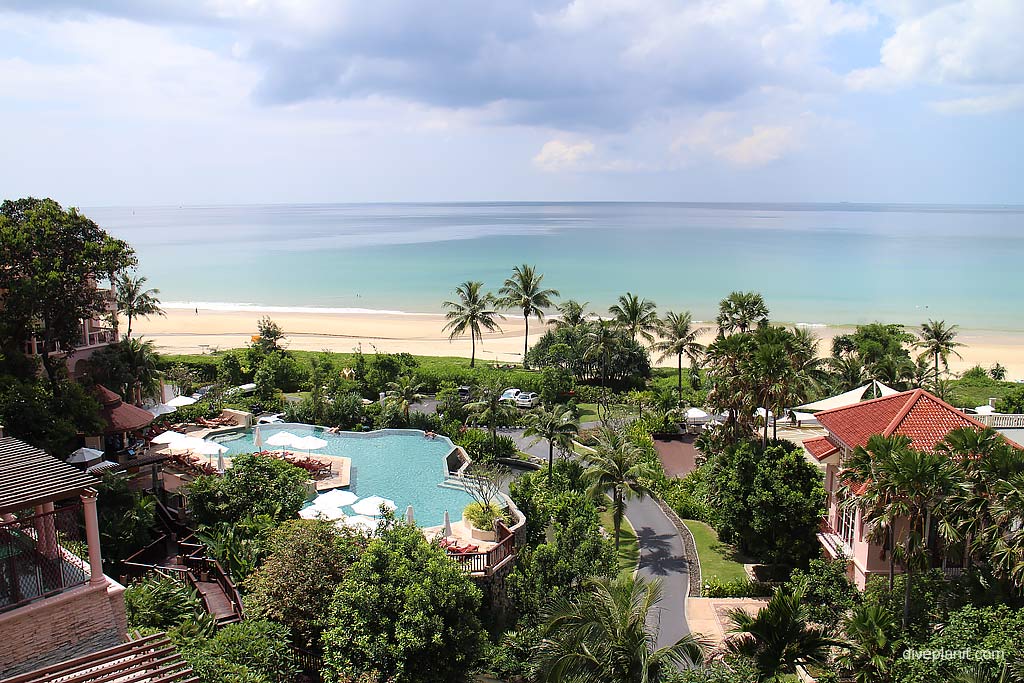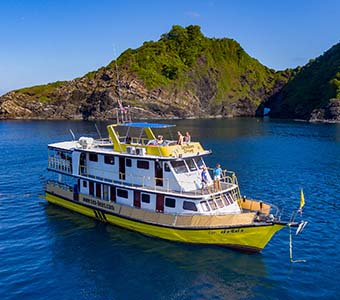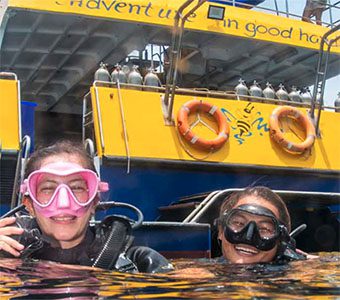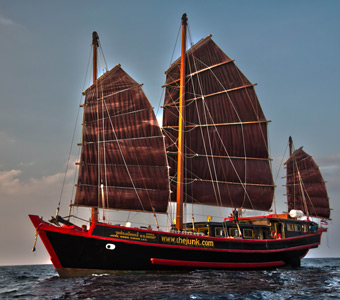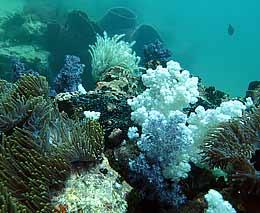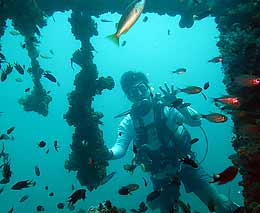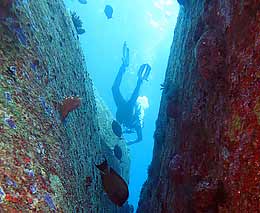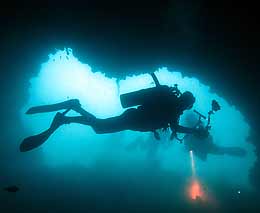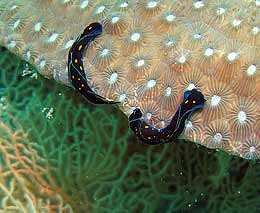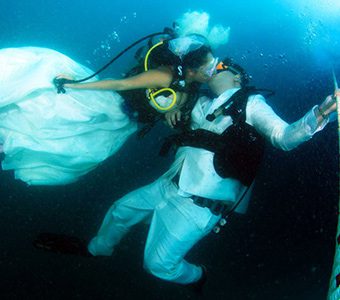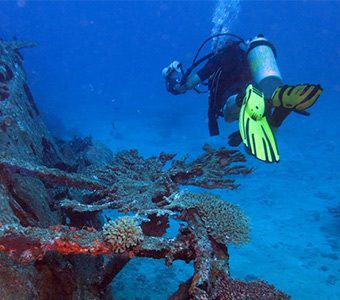Phuket is one of the southern provinces of Thailand. It lies off the west coast of Thailand in the Andaman Sea, connected in the north by the Sarasin Bridge to Phang Nga Province. Known as the pearl of the Andaman Sea, Phuket has many beautiful beaches and is the jump-off point for many of Thailand’s dive liveaboards, taking divers to popular dive sites such as Ko Phi Phi and the Similan and Surin Marine National Parks.
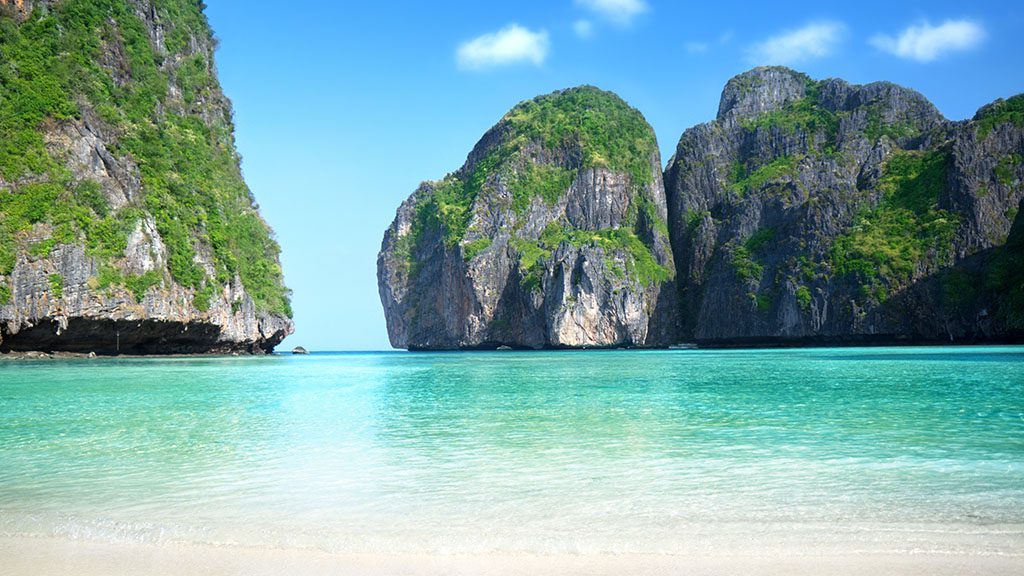
Phuket is halfway down the west coast of the Thai Peninsula, connected to the mainland by bridge, and in fact doesn’t really feel like an island at all. Its international airport is on the north of the island, so it is relatively easy to get transfers from here to provinces further north including Khao Lak and Ranong the other two departure points for dive liveaboards.
Getting There
There are numerous daily flights to Phuket from Bangkok, the country’s main international gateway. Some budget airlines including Jetstar also fly direct from Sydney and other major Australian airports to Phuket’s international airport.
The liveaboards in Phuket head either on a southern itinerary or a northern itinerary – see dive sites section below.
Where to Stay
If you’re about to board a liveaboard, it may be necessary to overnight in Phuket. Sea Bees Diving who are based (along with many other dive operators) in Chalong Bay have a small resort across the road from the dive shop called Palm Gardens.
Accommodation is in very comfortable 3-star bungalows situated around a swimming pool. The food is great – and served up until 10pm for those of you with lengthy transfers.
Chalong Bay is a lively little strip in the evenings, with a great many restaurants and bars, so there’s plenty of choice for après-dive drinks with your new-found dive buddies.
If you’re planning on basing yourself in Phuket, then you may want to choose somewhere near the beach – but choose your beach wisely. If you want to party all night, then Patong Beach is definitely for you, but if you’d prefer something quieter, go for one of the lesser-known beaches.
The Centara Grand Phuket is located at the northern end of Karon Beach and as such, with not many people wandering up that far, the beach is usually fairly quiet. The resort itself has two enormous pools as well, one of them adults only, as well as a water park with a fast flowing river to float along, and a patrolled beach.
There are a few dining choices here; the massive Cove Restaurant which has one of the biggest buffet spreads I’ve ever seen (especially breakfast), Mare Italian Restaurant and the Beachcomber beach club.
If you’d rather something a little off the tourist-beaten track, try one of the growing number of boutique guest houses in Old Phuket Town, the old Chinatown area. It’s an area that’s experiencing a revitalisation, with lots of interesting curio shops and cheap eats to be found among beautifully restored buildings.
The dive sites immediately south of Phuket (which are also visited by day dive boats), are all quite different. Favourites include the King Cruiser Wreck – the wreck of a car ferry; Koh Dok Mai – a limestone pinnacle typical of this area, and Anemone Reef – known for the anemones and their clownish inhabitants!
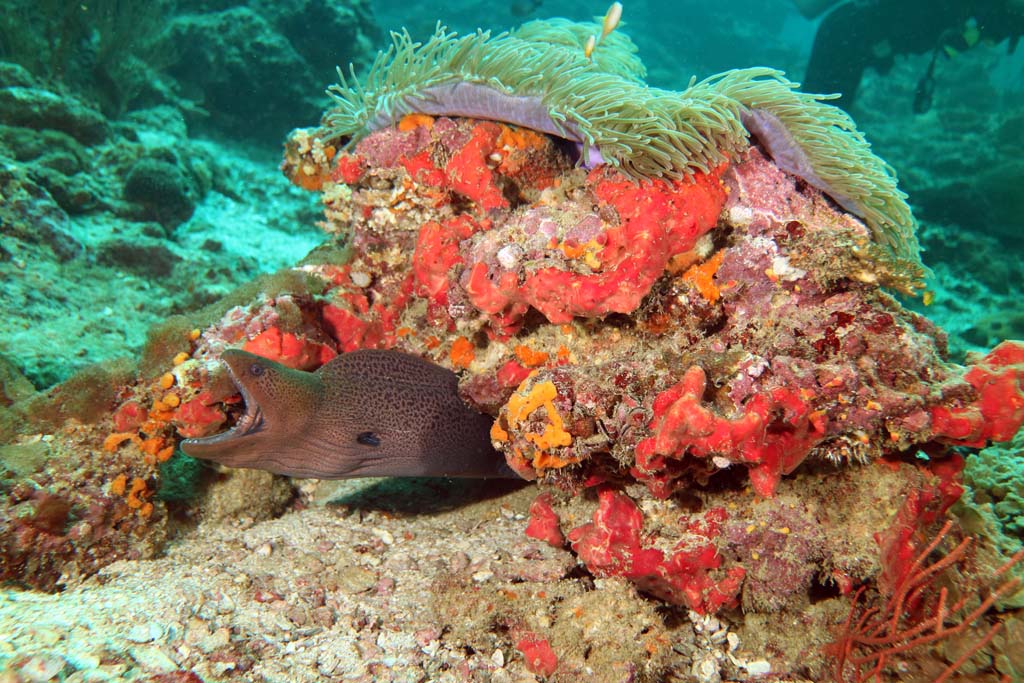
Other great dive sites on liveaboards’ southern itineraries are those around Ko Phi Phi, and further south, Mu Koh Lanta National Marine Park boasts a large number of uninhabited islands considered great dive sites. Koh Ha, (Five Islands) are tiny islets located west of Koh Lanta Island with channels that separate the islands running 50 metres deep. Finally, the two southernmost dive sites of Mu Koh Lanta are considered the best outside of the Similans. Hin Daeng (Red Rock) is a submerged boulder pinnacle with soft corals in various shades of red and plenty of small scale action. Hin Muang (Purple Rock) is Thailand’s highest vertical submerged wall.
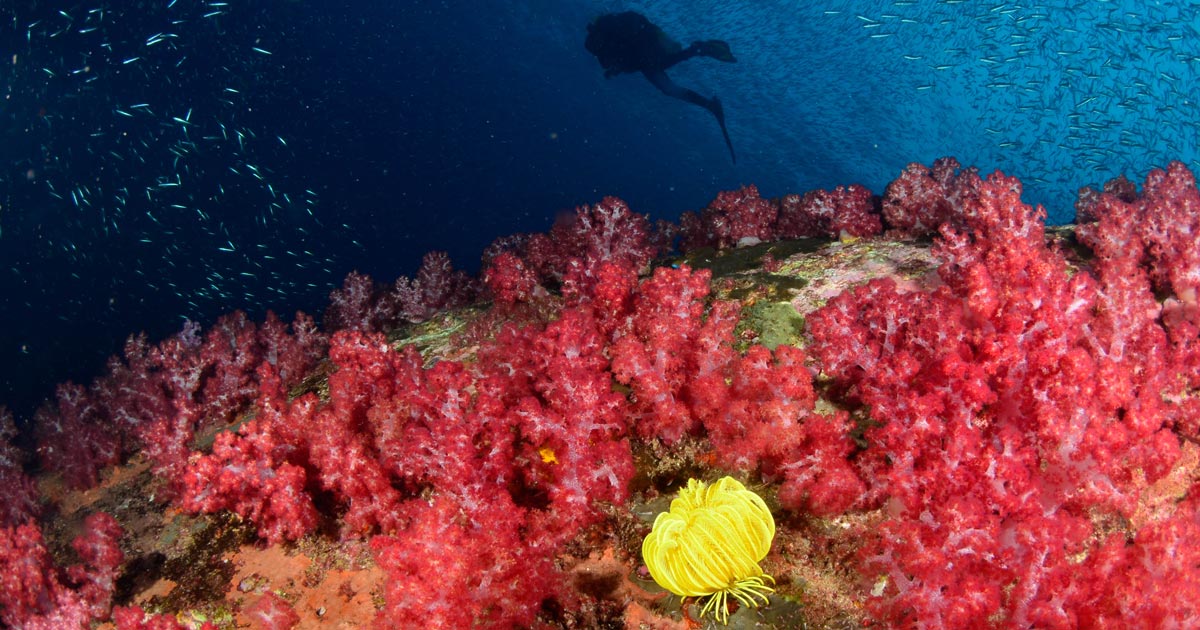
Northern itineraries from Phuket include the Similan Islands, the Surin Islands and the Mergui Archipelago of Myanmar.

